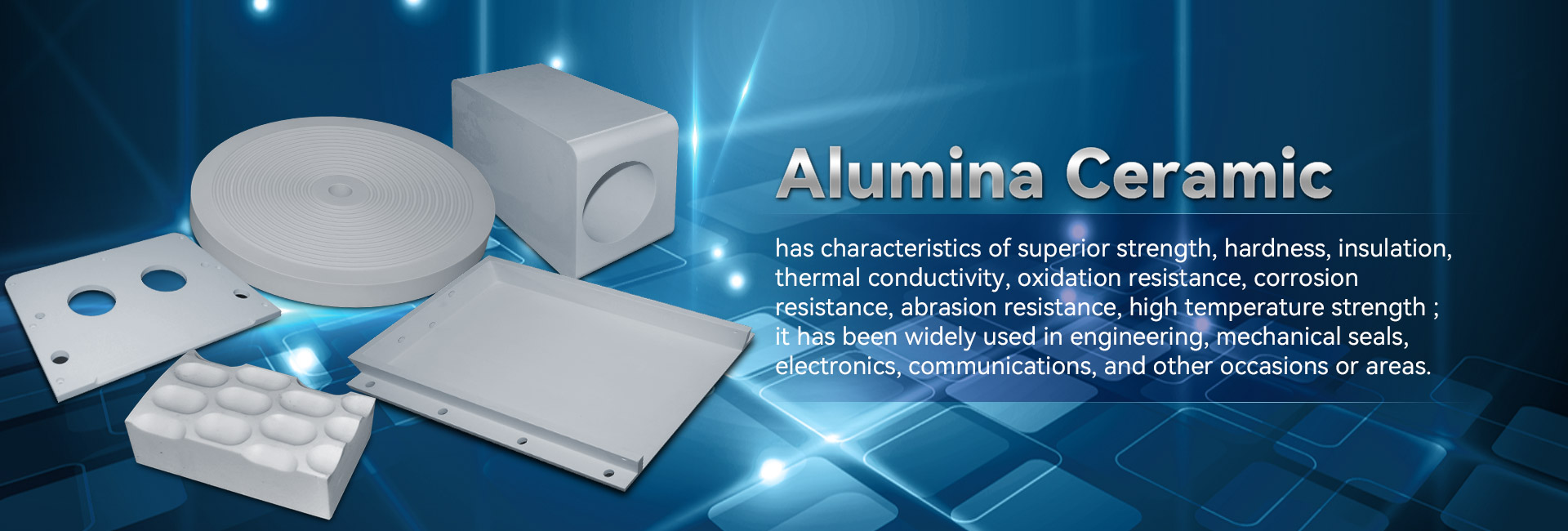
Precise substance showcase unique molecular characteristics, considering them advantageous for a varied set of deployments. Stemming from outer space and automotive to gadgets, these products are steadily progressing to satisfy the needs of a current environment.
- Their resilience and defense to drastic environments make them vital for superior equipment.
- Moreover, technical ceramics grant advantages in terms of strength, facilitating the development of state-of-the-art processes.
Crafting Substances: Developed for Remarkable Effectiveness
Created ceramics outperform in rigorous applications due to their remarkable facets. Constructed from premium raw materials and processed with intensive processing systems, these cutting-edge composites demonstrate remarkable sturdiness, dulling resistance, and endurance to drastic climatic conditions, breakdown, and friction. From flight sections to engraving tools, industrial ceramics provide unique efficiency across various sectors. Their flexibility allows resisting extreme states, certifying durability and soundness. As technology progresses, the appetite for high-performance products grows, cementing the fundamental duty of industrial ceramics in shaping a enhanced outlook.
Pioneering Ceramics: Surpassing Substance Boundaries
Material, manifesting notable robustness and lastingness, are experiencing a transformation. Pioneering ceramics, manufactured with careful control over their configuration and microscopic formation, are pushing the confines of the extent of possible. These structures showcase a comprehensive assortment of features, rendering them best suited for stringent arenas such as astronautics, medical science, and power. From slim parts that survive extreme heat to bio-tolerant implants that meld fluidly with the physical form, advanced ceramics are reshaping our reality.
Careful Ceramic Creation: Fulfilling Rigid Requirements
Manufactured ceramic fabrication has matured decisively in recent phases, allowing the creation of detailed and highly operational ceramic items. These modules are key across a varied range of realms, including orbital, biomedical, and instrument domains. Attaining the precise benchmarks for these applications calls for careful fabrication practices that support dimensional rightness, surface polish, and material properties. Leading ceramic fabrication processes employ different methods, including slip casting, injection molding, and additive manufacturing. These strategies allow the assembly of sophisticated structures and delicate features with unmatched precision. Equally important, advances in material innovations have yielded new ceramic compounds endowed with heightened attributes. These elements maintain increased durability, survivability, and tolerance to severe environmental conditions, making possible their use in demanding sectors.
The chances for precise ceramic fabrication are great. As examinations and refinement move ahead, we can count on even more sophisticated techniques and materials that will also stretch the edges of what is feasible in this domain.
Exceptional Ceramic Products for Extreme Conditions
Engineered ceramic constructs provide extraordinary fortitude and immunity against extreme settings, making them recommended for taxing ploys in orbital environments. These progressive ceramics can bear drastic warm loads, guard against decay, and secure their capability under rigorous operational pressings. Their unmatched mineralogical specifications empower dependable effectiveness in severe situations, including heat chambers, aircraft engines, and nuclear reactors.
- Advanced ceramic alloys
- High-temperature stability
- Optimized lightness
Ceramic Blends: Integrating Strength and Performance
Blended materials furnish a potent mix of mechanical robustness and distinct specialized abilities. Through the integration of ceramic elements within a substrate, these composites achieve extraordinary functionality. This merge results in heightened withstandability against high heat, wearing, and chemical degradation, rendering them appropriate for demanding uses in aerospace, driving, and sustainable energy arenas. Furthermore, ceramic composites can be personalized to possess exclusive properties like electrical conductivity or biocompatibility, widening their scope across diverse realms.
Atomic Regulation in Advanced Ceramics
Accomplishing preferred characteristics in progressive ceramics usually entails precise supervision over their granularity. Various production factors, including sintering heating point, duration, and atmosphere, alongside the integration of dopants or extra phases, substantially modify the structure of clusters, interstices, and other microstructural traits. Thorough refinement of these parameters allows for the improvement of robustness, fracture resistance, and thermoelectric conductivity. Specifically, augmenting the sintering heating point can boost grain proliferation, thus increasing density and improving mechanical effectiveness. Conversely, adjusting the firing atmosphere may impact the oxidation status of the ceramic, thereby influencing its electrical resistance or magnetic features. Appreciating these relationships between microstructure and properties is necessary for fabricating advanced ceramics with bespoke performance suitable for inclusive uses.
Durability-Enhancing Ceramics: Strengthening Endurance
Amid high-stress factory branches, where parts are affected to constant abrasion and decay, goods with notable wear resistance are urgently indispensable. Wear-resistant ceramics have come forth as a key remedy, offering unparalleled robustness and efficiency in multiple industries such as manufacturing, mining, and aerospace. These state-of-the-art compounds possess a singularity configuration that boosts their potential to fight abrasion. By capitalizing on the fundamental hardness and substance of ceramic compounds, engineers can develop sturdy units capable of withstanding the most severe operating settings.
Biocompatible Substances: Purposes in Health Industry
Medical-grade ceramics have recast the medicine discipline, yielding an array of advantageous qualities for various deployments. These compounds are non-toxic within the anatomy, minimizing antibody responses and fostering tissue integration. A prime application for biocompatible ceramics is in bone grafts, where their resilience sustains long-lasting hold to damaged flesh.
What's more, they are deployed in tooth replacement, supplying a robust and aesthetically pleasing solution for tooth replacement. Ceramics also exercise a key place in pharmaceutical applications, granting the precise application of medicines to specific locations within the biological makeup.
- Besides, biocompatible ceramics are increasingly being probed for biomaterials development, serving as a framework for recovery.
- Therefore, the possibility of biocompatible ceramics in therapeutics looks propitious, with continual development expanding their functions.
Precision Ceramic Sensors: Facilitating Consistent Observations
Precision ceramic instruments have emerged as crucial components across a diverse array of domains. These gadgets use zirconia ceramic the one-of-a-kind essentials of ceramic forms to deliver highly valid assessments. Their hardiness in {demanding|harsh| 